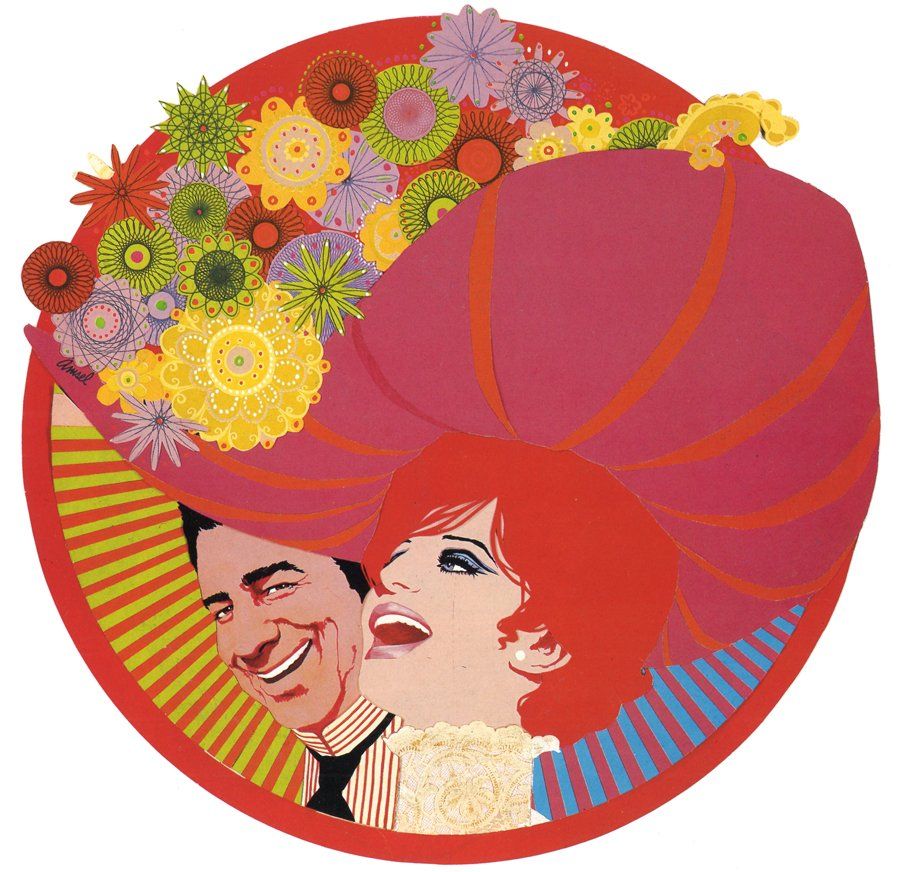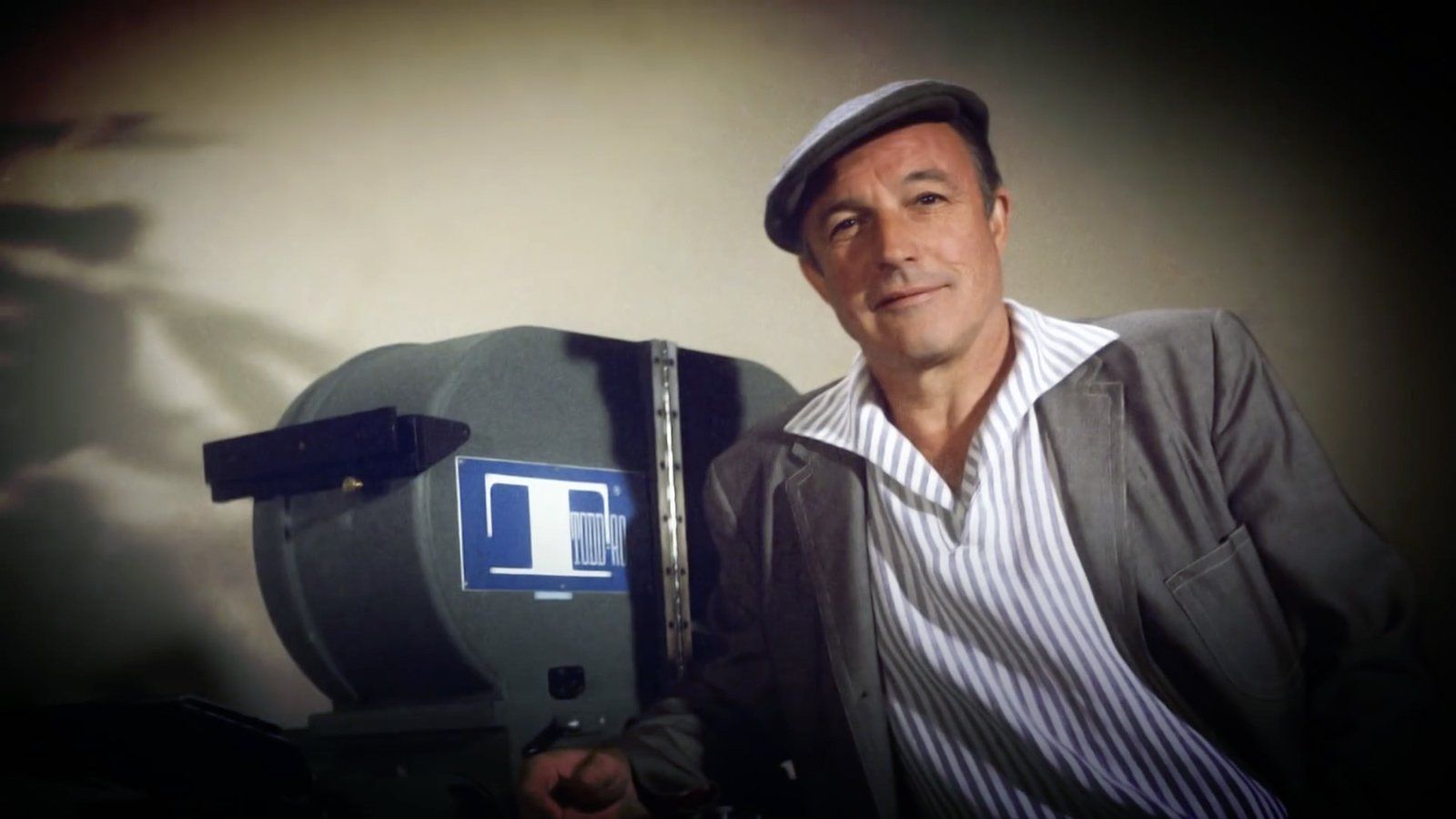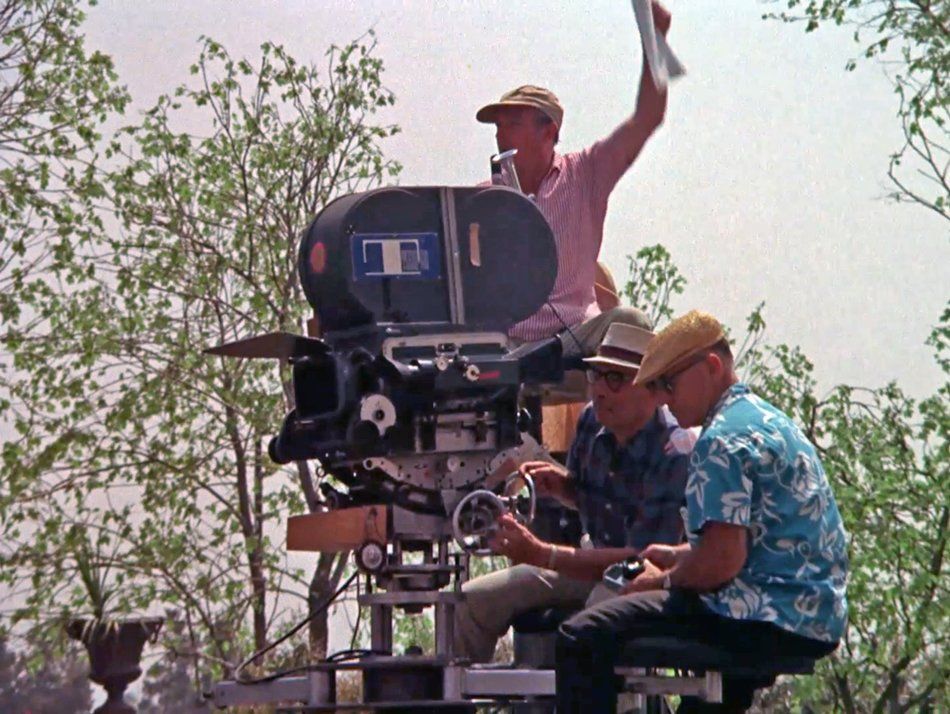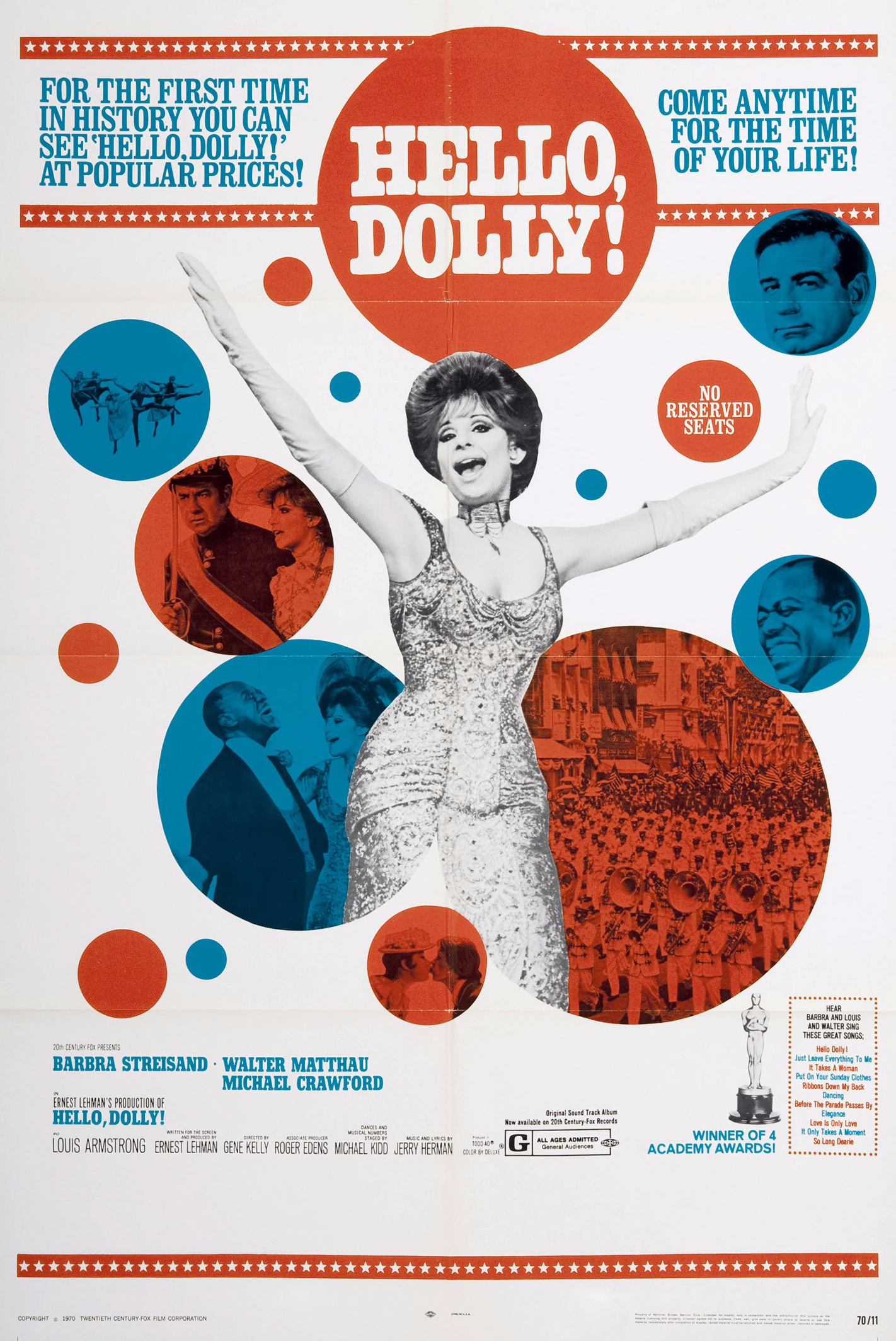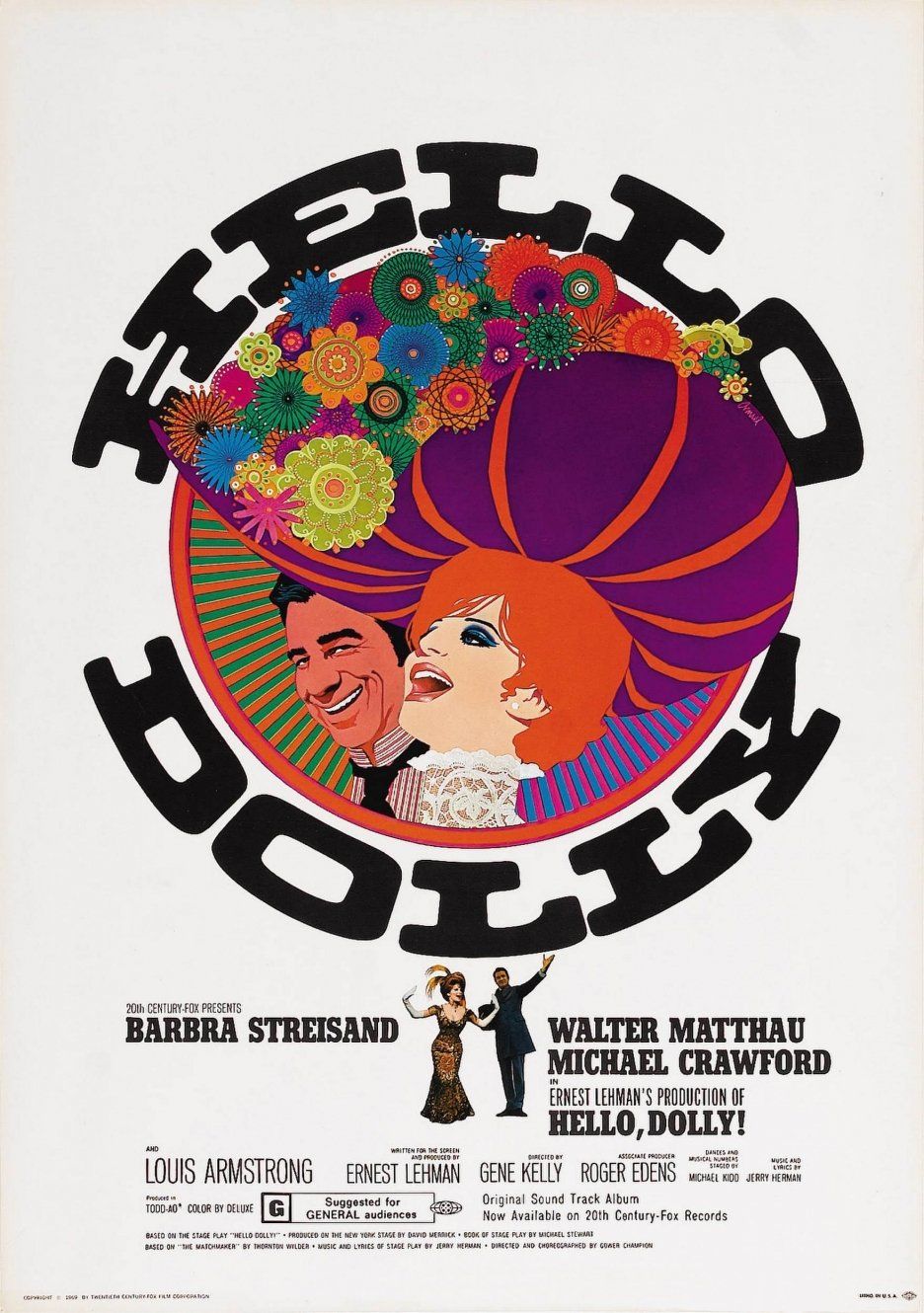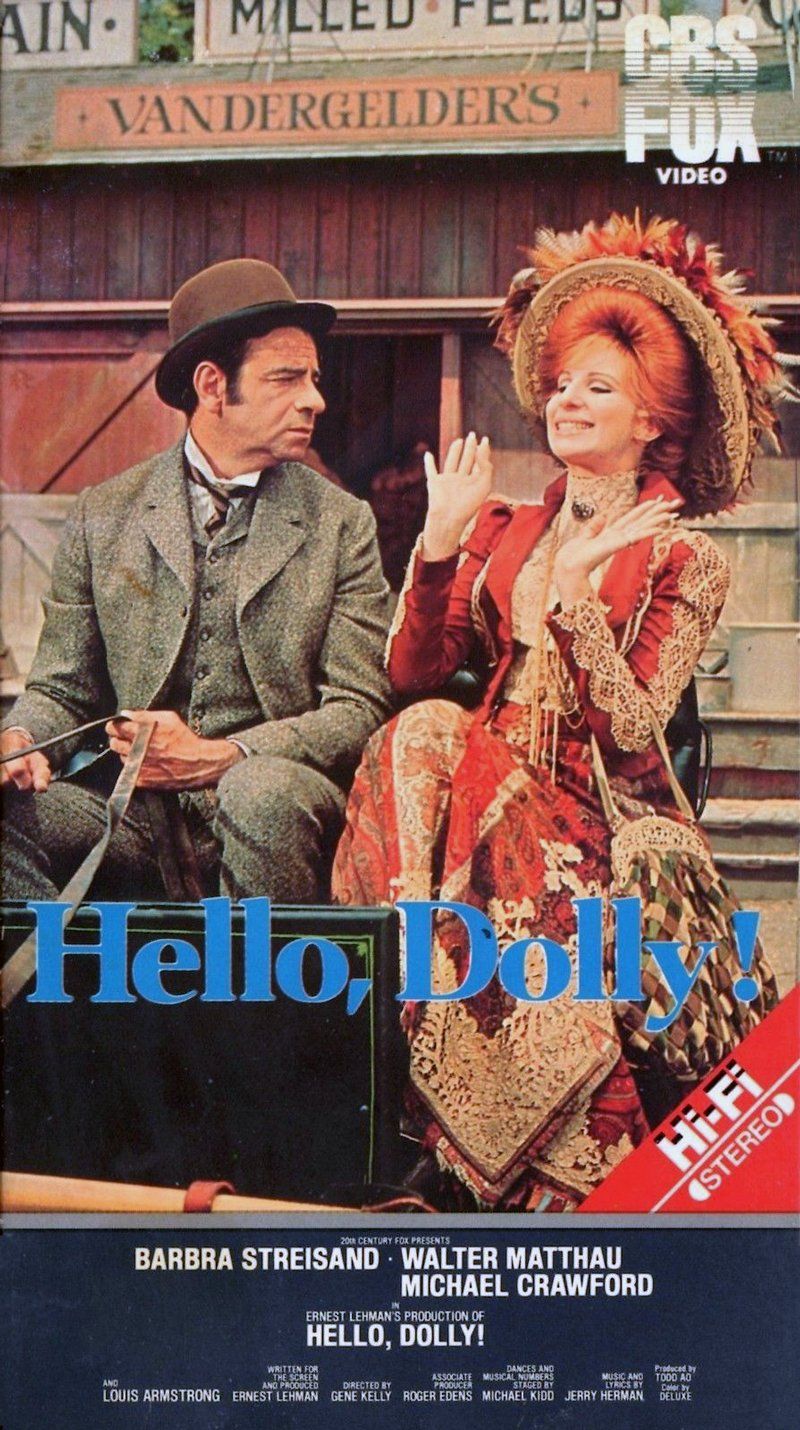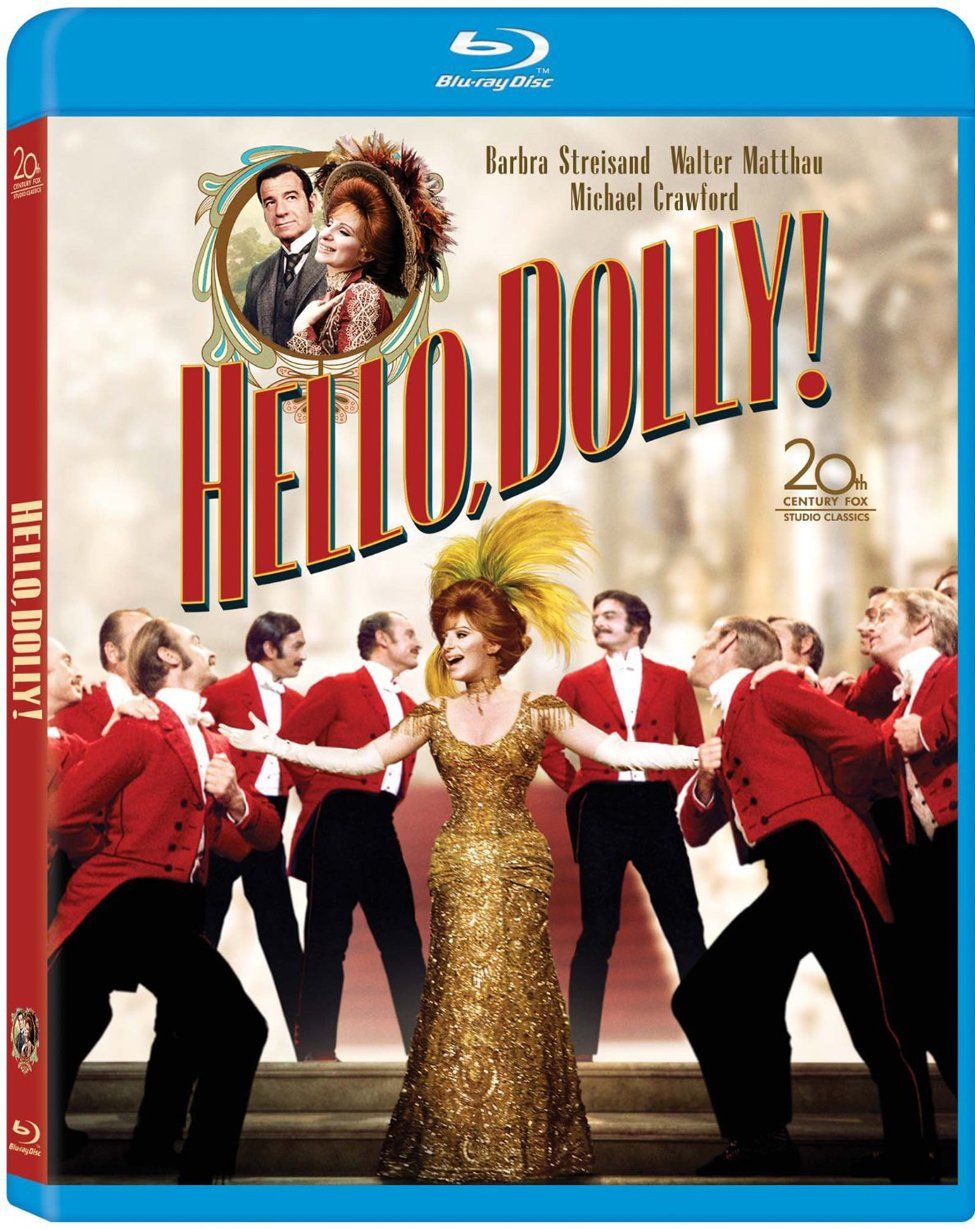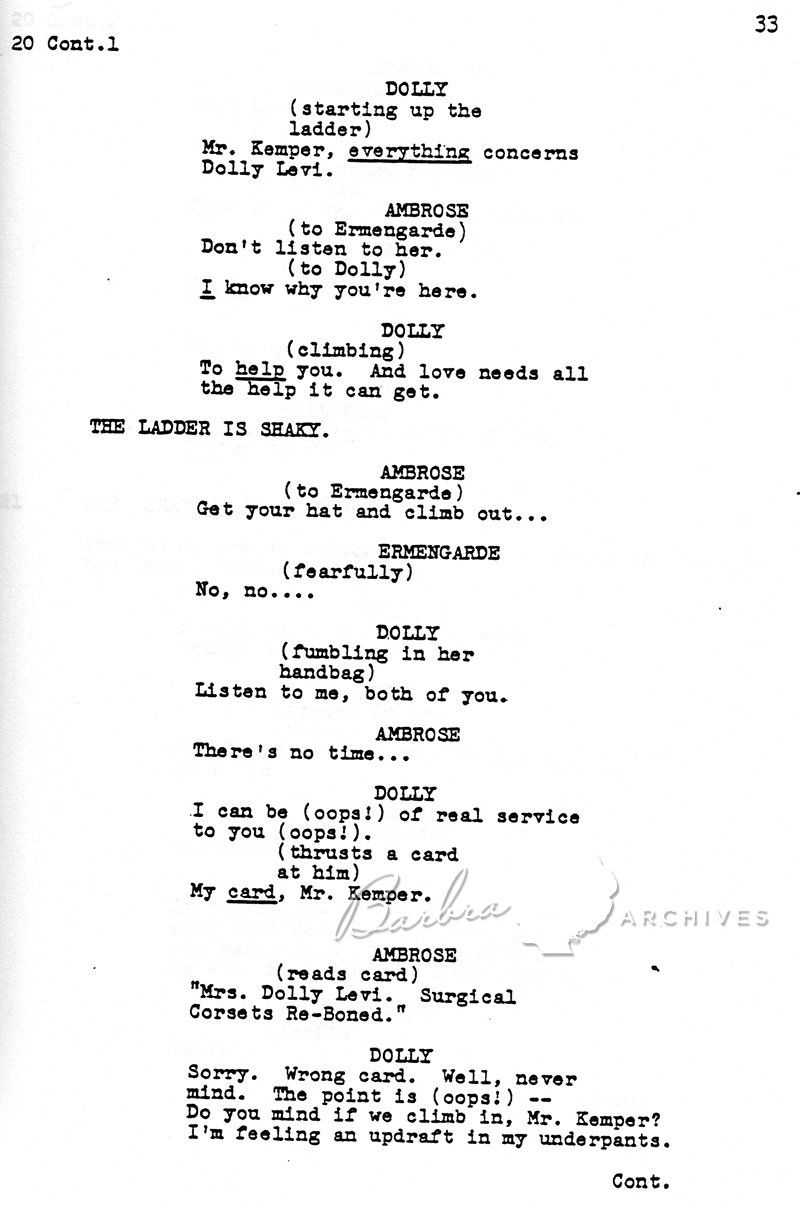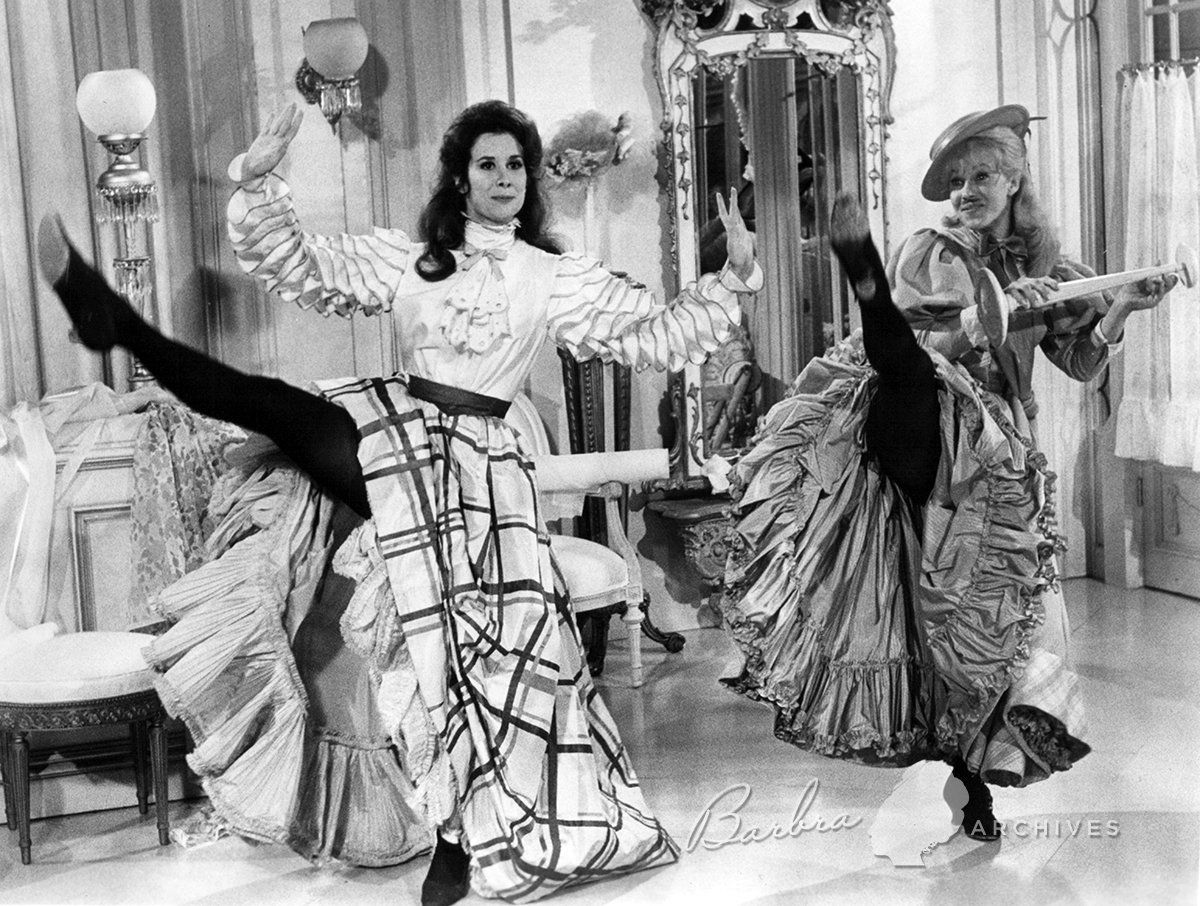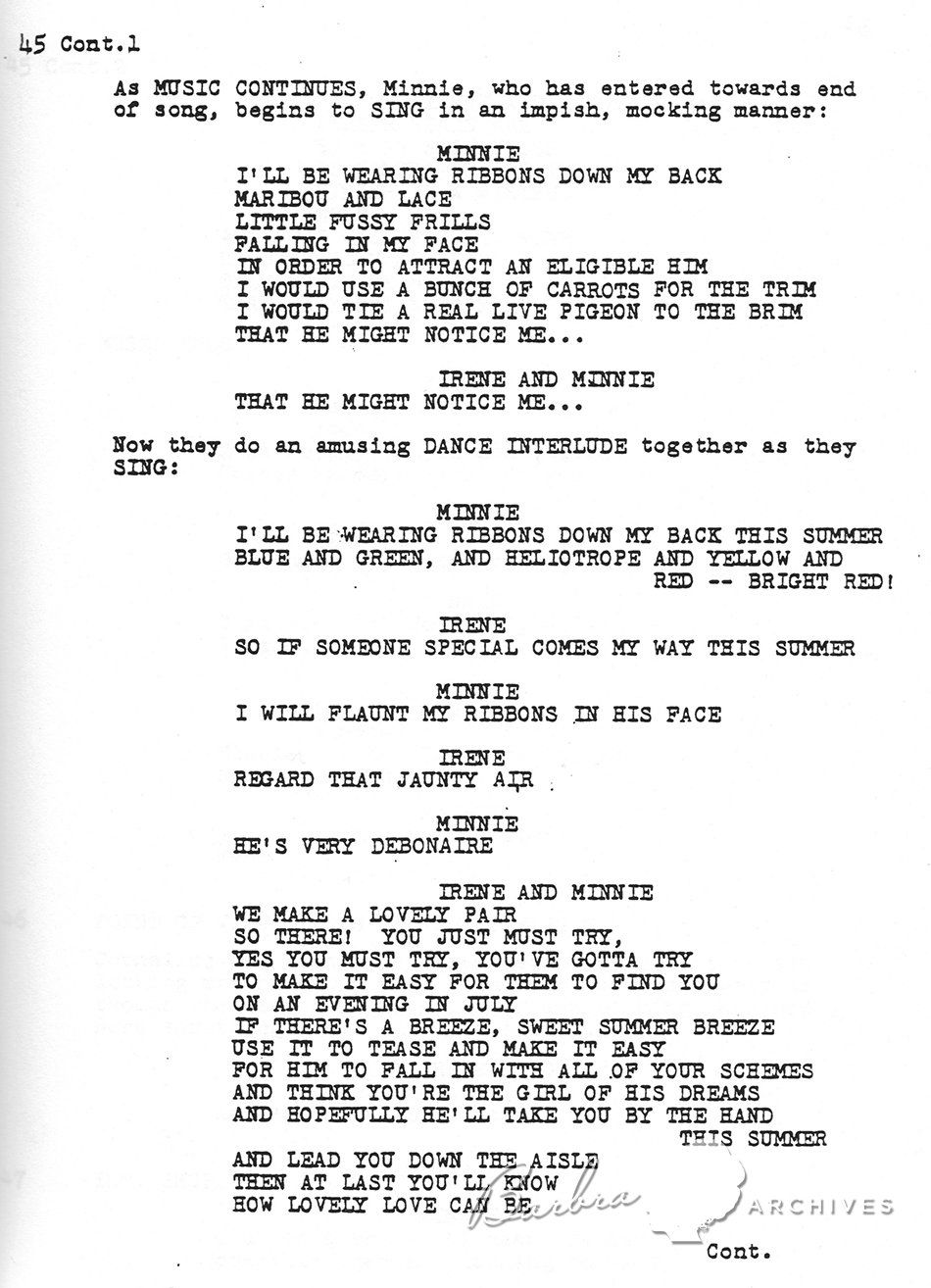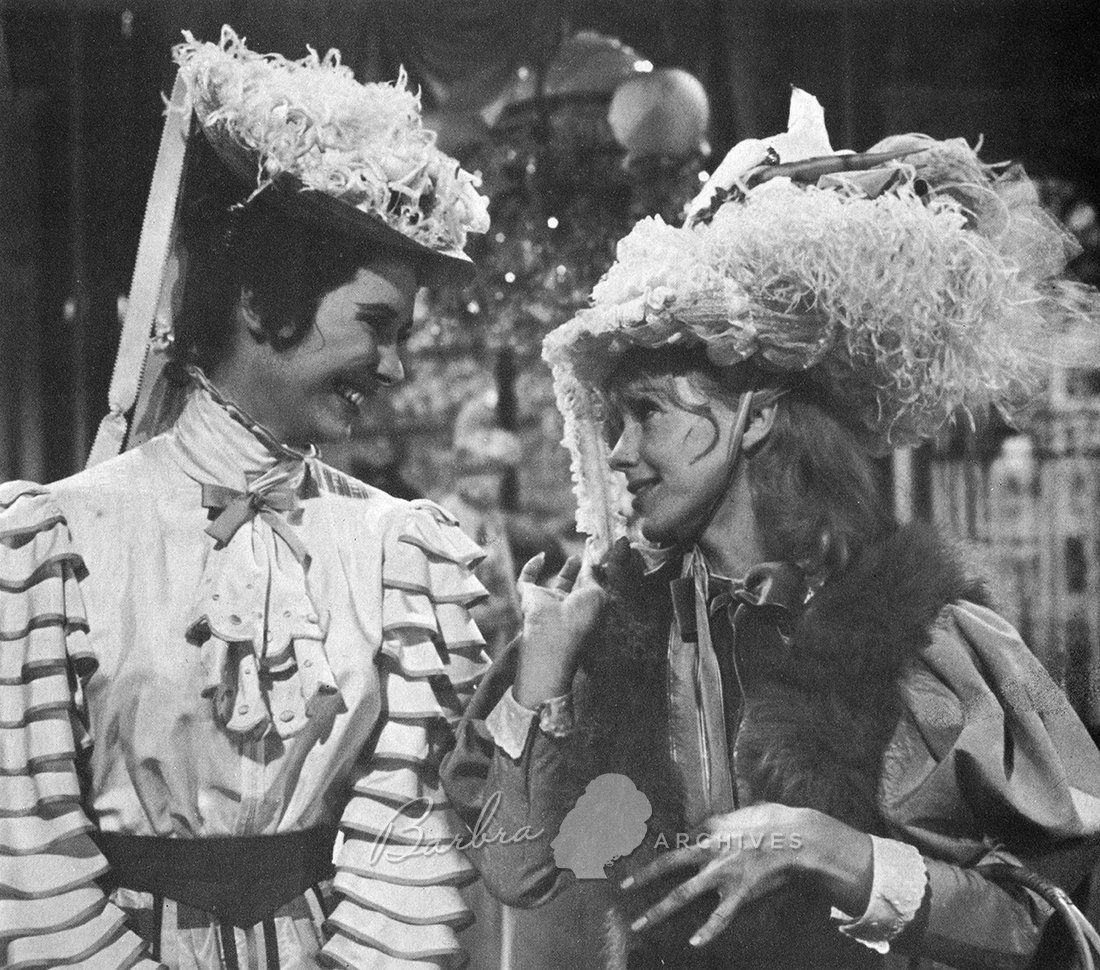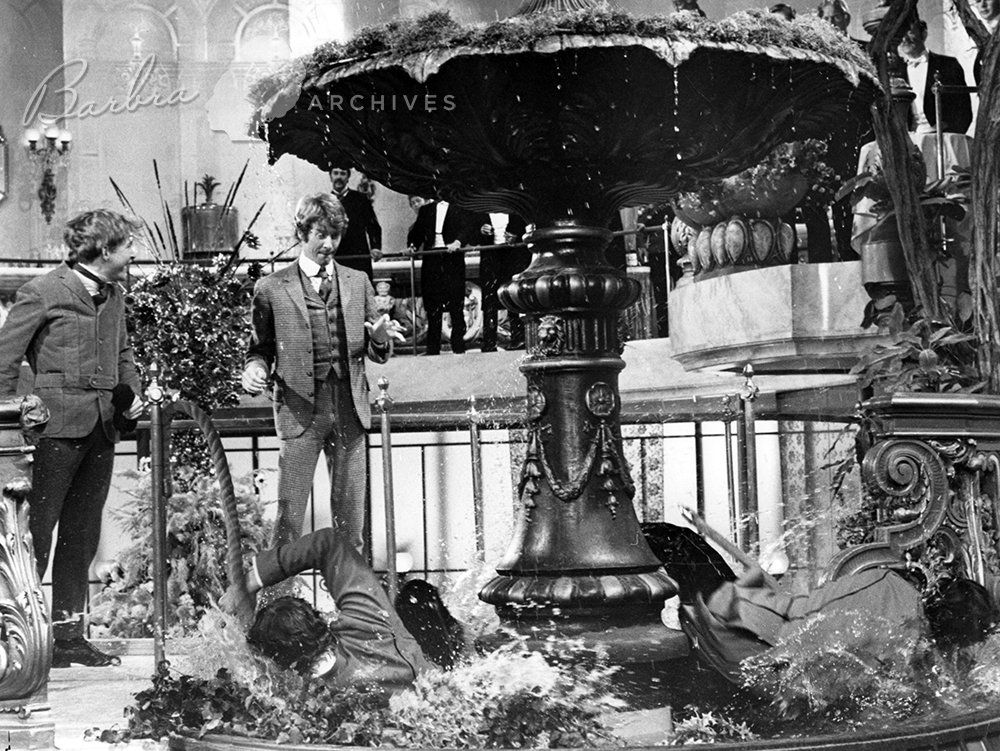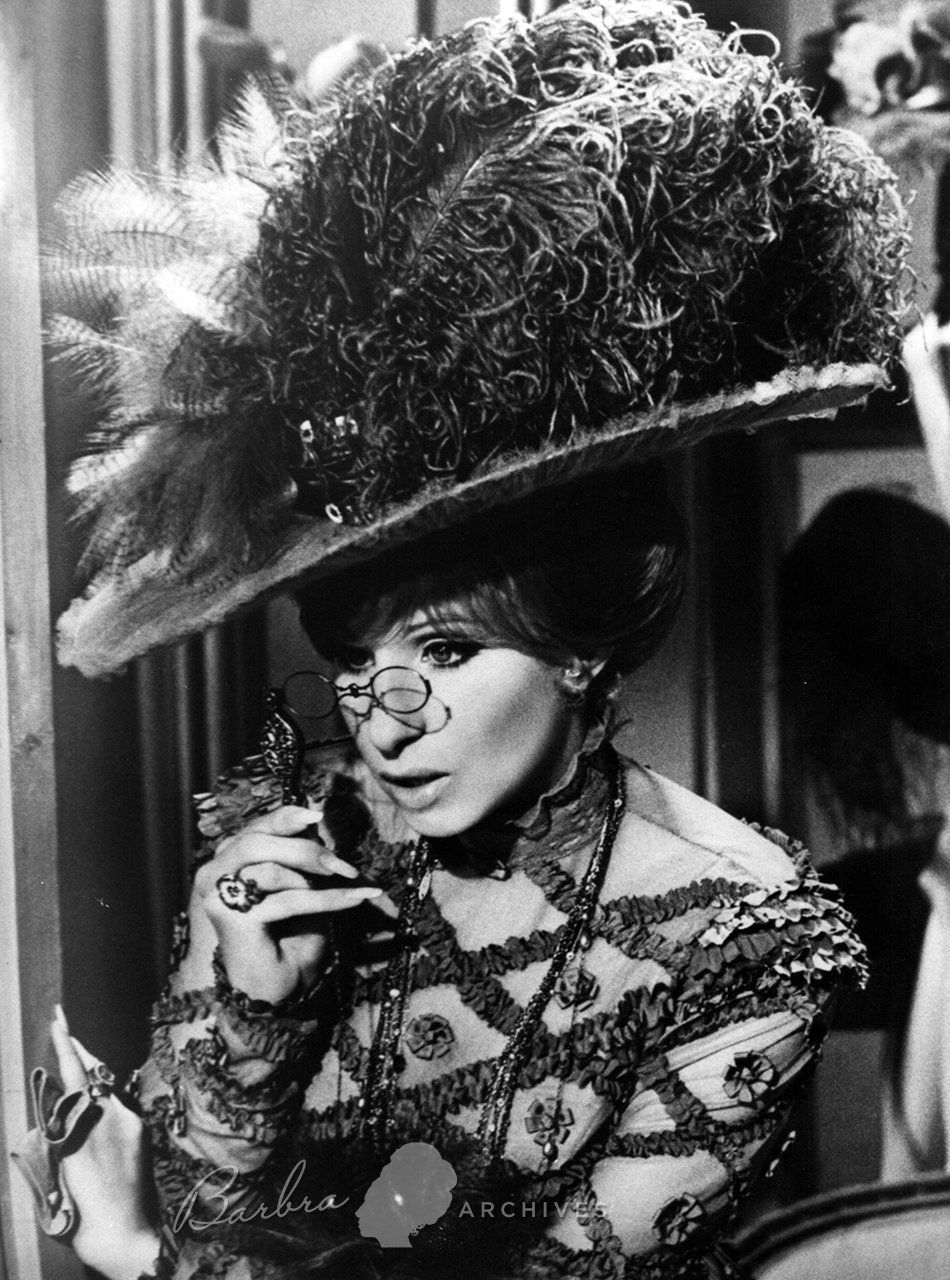Hello, Dolly! received top treatment from the Fox studios. It was filmed in Todd-AO, which used a 65-millimeter film negative unlike conventional film which used a 35 mm negative. From the Todd-AO 65mm negative, a 70mm print was made (the additional 5mm carried a six-channel audio track). For its general release, Fox downgraded the 65mm film to 35mm and mono sound.
Dolly’s cinematographer Harry Stradling was one of the first cameramen to use the format when he shot tests for impresario Mike Todd, who developed the process. (AO stands for American Optical, the company who engineered the process.)
For years, Fox had tried to develop its own widescreen format (CinemaScope 55) and could never top Todd-AO’s quality. Instead, Fox invested in the company in 1958, which allowed them to make and market their movies using the format. After Mike Todd died in an airplane crash in 1958, Fox bought Todd-AO.
Fox first released Hello, Dolly! in 50 major U.S. cities, giving it a Roadshow engagement. “A Roadshow movie would open only in the best theatres in the largest cities, sometimes playing there for a year or more, before the picture found its way to neighborhood movie houses,” explained T.J. Edwards of cinemasightlines.com. Edwards continued, “Reserved-seat tickets were sold far in advance, for a limited number of showings a week, usually once a night, with matinees on Saturday, Sunday and Holidays. Larger cities might add a weekday matinee, and sometimes extra shows on weekends … Colorful souvenir books, and sometimes the soundtrack albums, were sold at the theatre.”
Dolly did indeed follow the Roadshow format, except that it did not have an overture – unlike Funny Girl, whose overture played against a black screen as the audience took their seats. The Sound of Music, also written and produced by Ernest Lehman did not have an overture either, although his West Side Story film did. Dolly did have an intermission, intermission music, and play-out music at the end of the movie.
About six to nine months after the reserved-seat Roadshow engagements had made their money, Fox released the film to general theaters, who usually advertised it using the phrase, “Now at Popular Prices.” (The prices were popular! Roadshow reserved seats usually cost $3 or $4, whereas “popular prices” were .75¢ to $1.50 average.)

